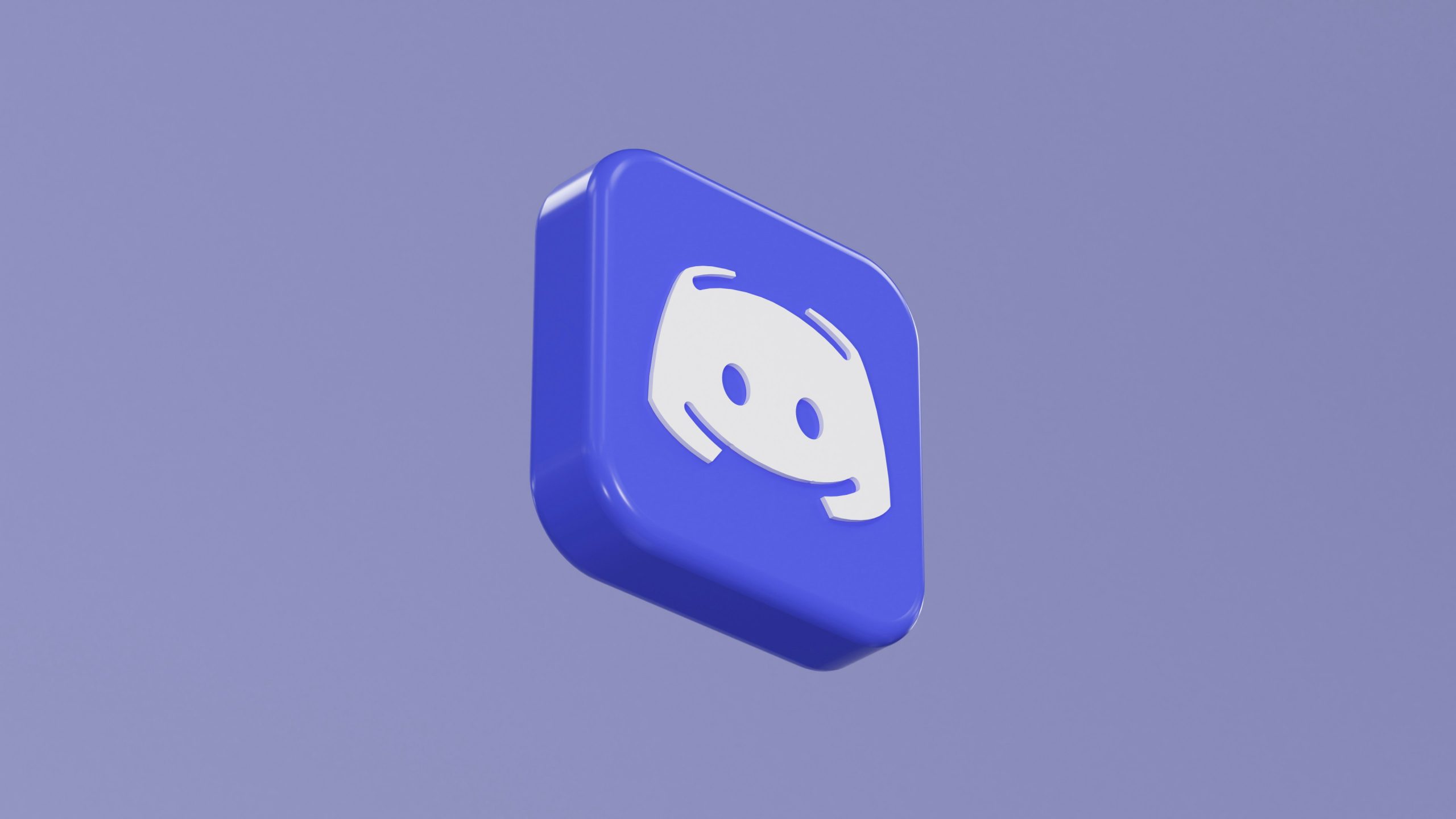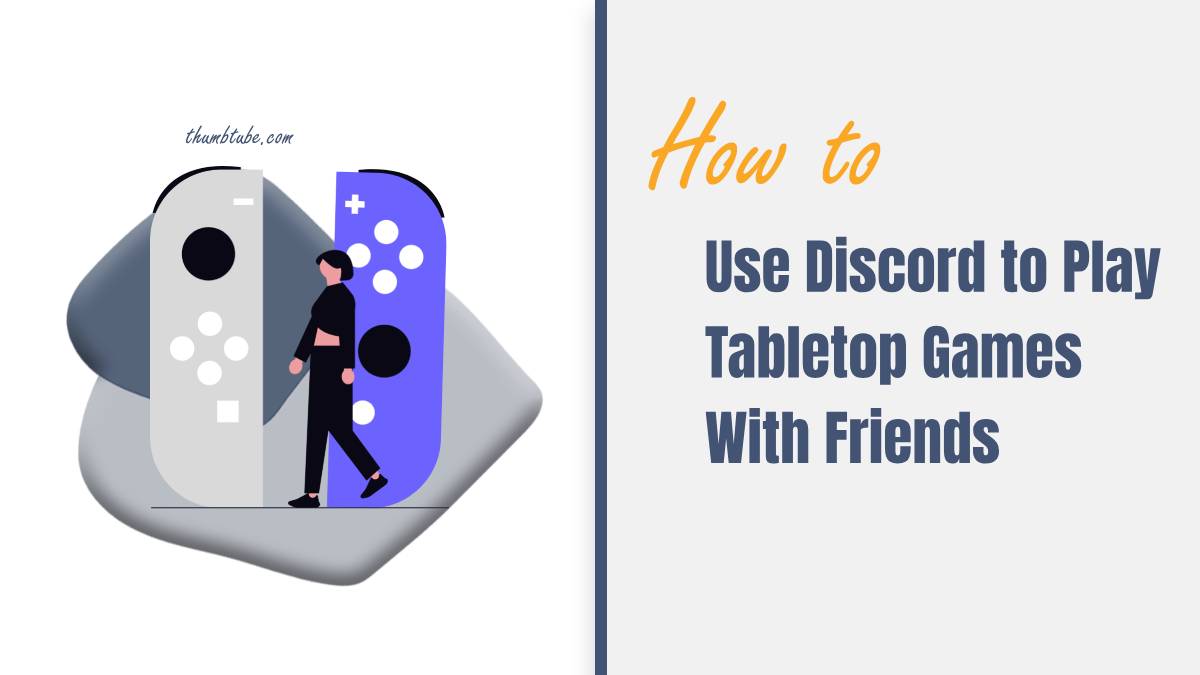Playing tabletop games with friends has always been a great way to connect, strategize, and share some laughs, but coordinating in-person sessions can be tough. That’s where Discord comes in. This popular communication platform has transformed how we play tabletop games remotely, making it easy to stay connected, run campaigns, and dive into our favorite games no matter where everyone is.
Here’s how I use Discord to create an immersive tabletop gaming experience with friends.

Setting Up the Server
To get started, I create a dedicated server specifically for our gaming group. It’s where we gather, organize, and chat about games before, during, and even after our sessions. Within the server, I set up different channels to keep things organized, including:
– General Chat: For everyday conversations, game reminders, or discussing upcoming sessions.
– Voice Channels: I create several voice channels for separate game discussions. Having a main voice channel is key for game sessions, but I also add “quiet” rooms for smaller groups or side discussions during the game.
– Text Channels for Game Rules, Announcements, and Resources: A few text channels let me share important files, game rules, and images, like maps or character sheets. It keeps everything accessible and minimizes the need to go searching mid-game.
Integrating Dice Bots for Rolling
A big part of tabletop games is rolling dice, and Discord has some great bots that make it easy to roll right within the app. I use popular dice-rolling bots like Avrae or Dice Maiden, which let players roll dice by entering simple commands like `/roll 1d20`. These bots simulate various dice rolls and can be configured to add modifiers, keeping the gameplay smooth and fair.
Dice bots are also a game-changer for cooperative games, as players can share their rolls in the chat so everyone can see them. It makes the experience as close to in-person rolling as possible.
Using Video and Screen Sharing for Visual Aids
For more immersive games like D&D, visuals are important. Discord’s screen-sharing feature lets me share digital maps, character portraits, or handouts with the whole group. By opening a PDF or browser tab with our maps or game board, I can project it to everyone in the call. It’s especially useful for cooperative or strategy-based games, where everyone needs to stay on the same page.
Enhancing Role-Playing and Immersion
One of my favorite things about using Discord for tabletop games is how easy it is to create atmosphere. I like using bots like Groovy or Rhythm (when available) to play background music and sound effects during specific scenes. A battle scene, for example, becomes much more immersive with dramatic music playing in the background.
Sometimes, I also use custom emojis and reactions that represent items, spells, or characters in the game. Players can react to posts or messages with these icons, giving us a way to “visualize” inventory or interact with the game in fun, creative ways.
After each session, we leave notes and summaries in a dedicated channel so everyone can stay up-to-date on the game’s progress. Discord’s pinned messages make it easy to access these recaps, and they serve as a great refresher before we meet up for the next round.
Using Discord for tabletop games has brought new levels of convenience and immersion, making it easy to stay connected with friends and keep our adventures going strong.
